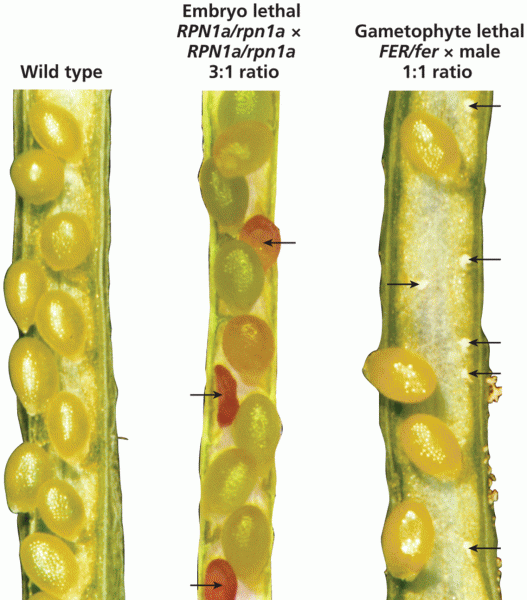Answer to Question 1
An isolated black hole in space will not have much matter flowing into it, but a black hole in a binary system might receive a steady flow of matter transferred from the companion star. So scientists search for black holes by looking closely at X-ray binaries. Some X-ray binaries contain a neutron star, and they will emit X-rays much as would a binary containing a black hole. You can tell the difference in two ways. If the compact object emits pulses, you know it is a neutron star because the neutron star has a solid body within which powerful magnetic fields are generated. As the neutron star rotates, the magnetic field emits beams that sweep around the sky producing pulses as they pass across Earth. A black hole inside its event horizon cannot emit regular pulses like those from a neutron star. Another clue depends on the mass of the object. If the mass of the compact object is greater than about 3 solar masses, it cannot be a neutron star; it must be a black hole. Another way to confirm that black holes are real is to search for evidence of their distinguishing characteristicevent horizons and that search also has been successful. In one study, astronomers selected 12 X-ray binary systems, six of which seemed to contain neutron stars and six of which were thought to contain black holes. Using X-ray telescopes, the astronomers monitored the systems, watching for telltale flares of energy as blobs of matter fell into the accretion disks and spiraled inward. In the six systems thought to contain neutron stars, the astronomers could detect final bursts of energy when the blobs of matter finally impacted the surfaces of the neutron stars. In the six systems suspected of containing black holes, however, the blobs of matter spiraled inward through the accretion disks and vanished without final bursts of energy. Evidently, those blobs of matter became undetectable as they approached the event horizons. This is dramatic evidence that event horizons are real.
Answer to Question 2
True
RATIONALE: From Figure 8-11, obtain L's and apply in Reasoning with Numbers 8-3.







